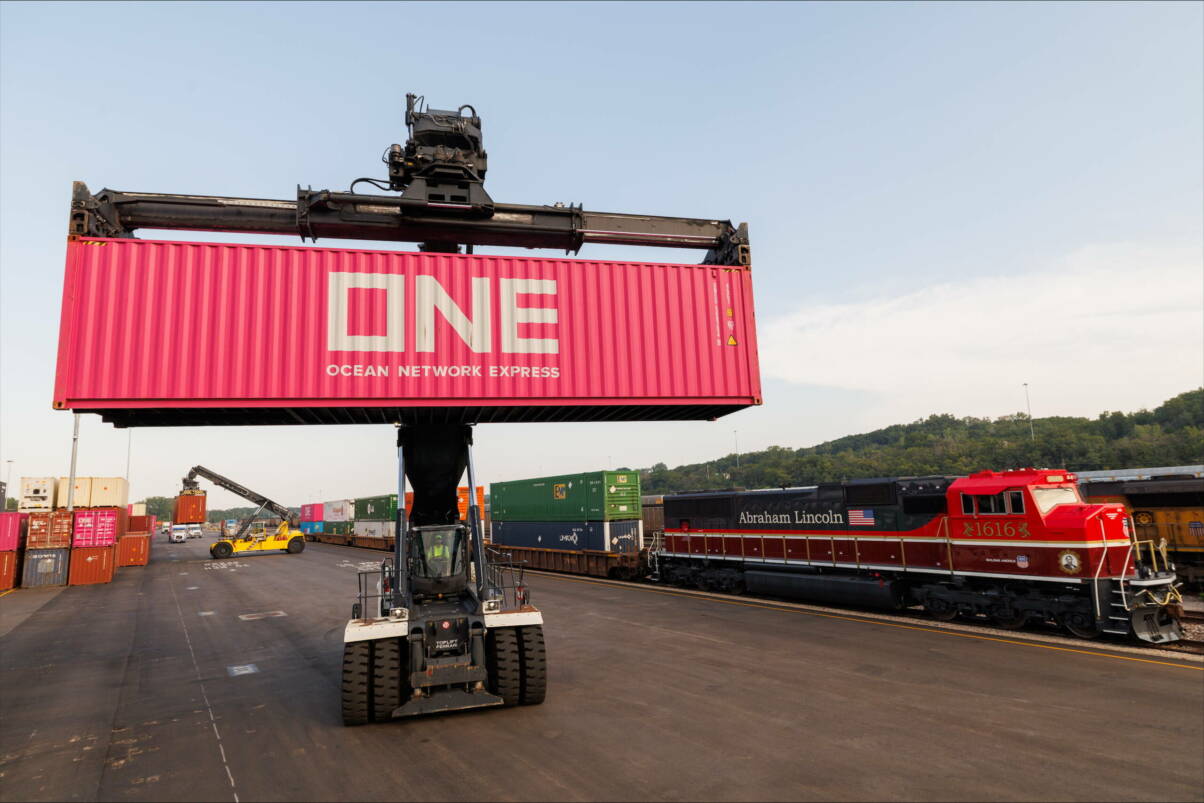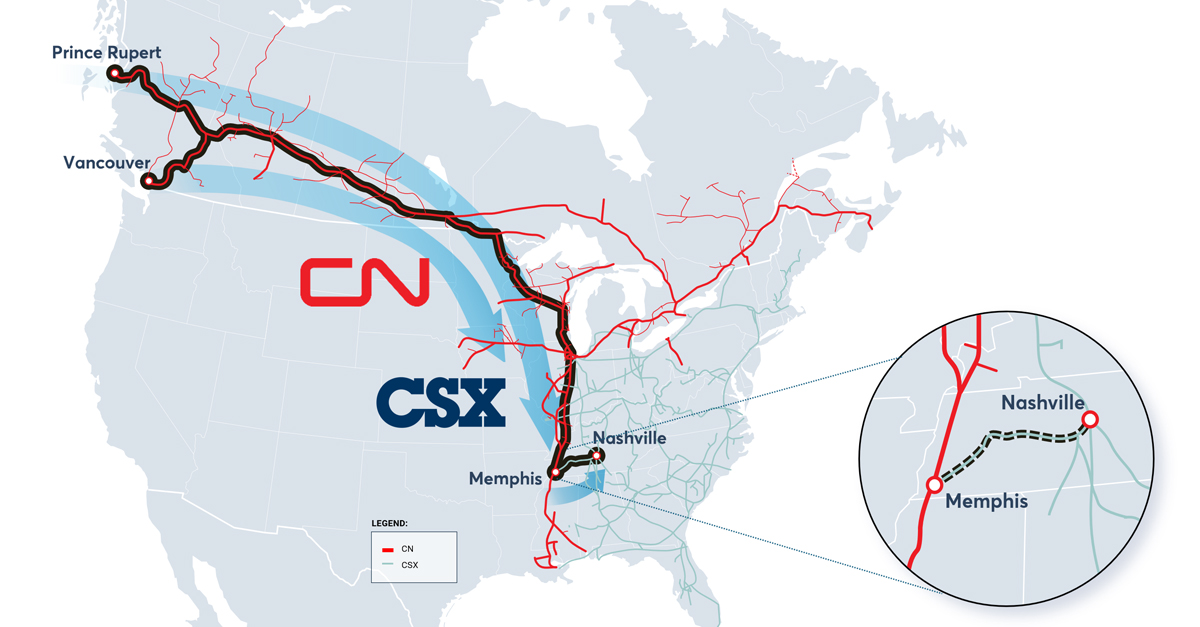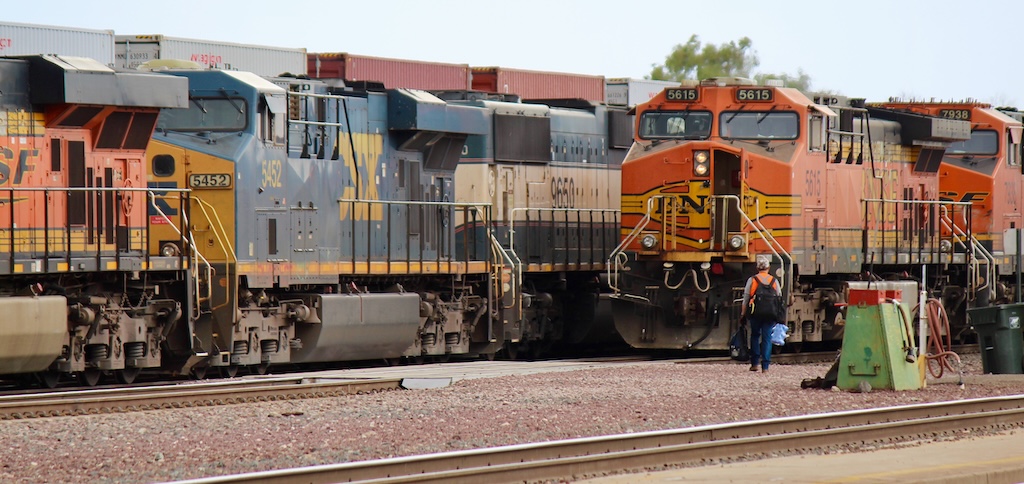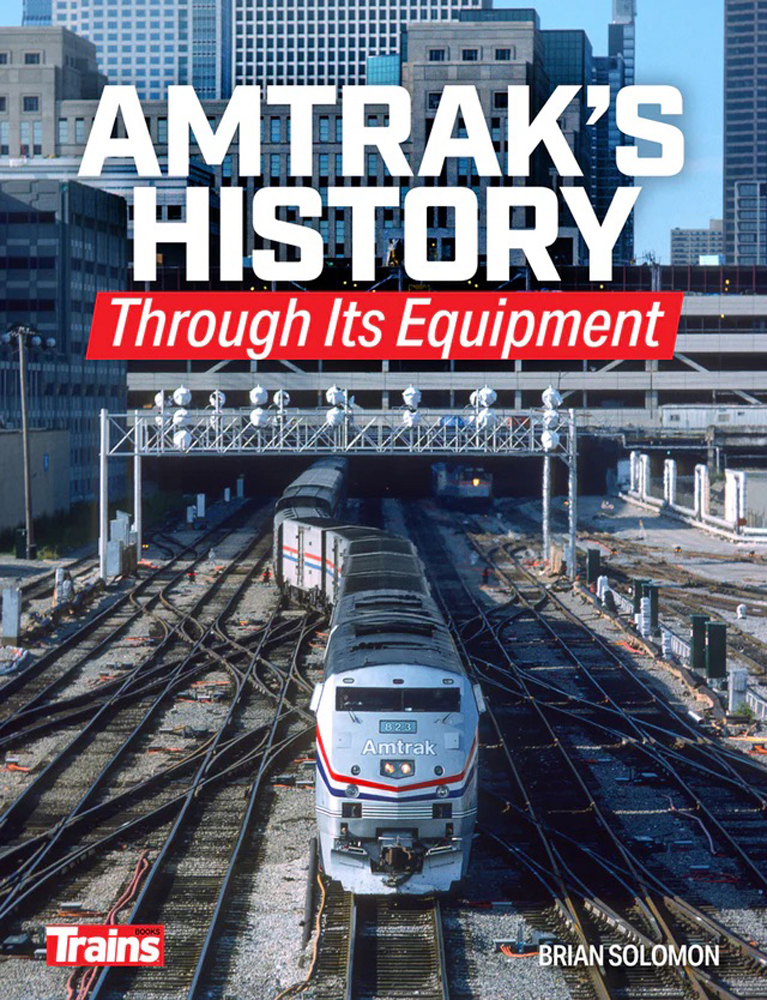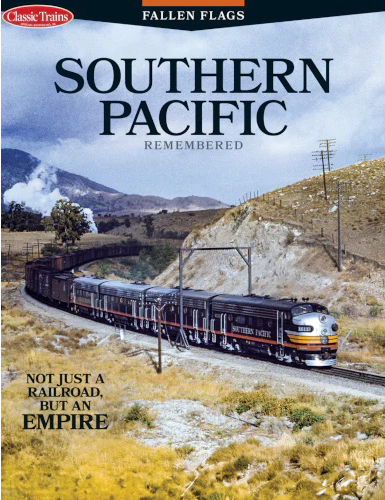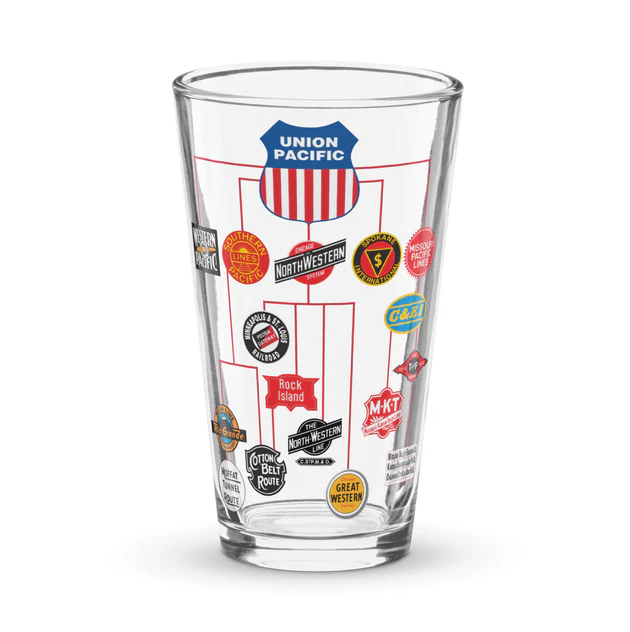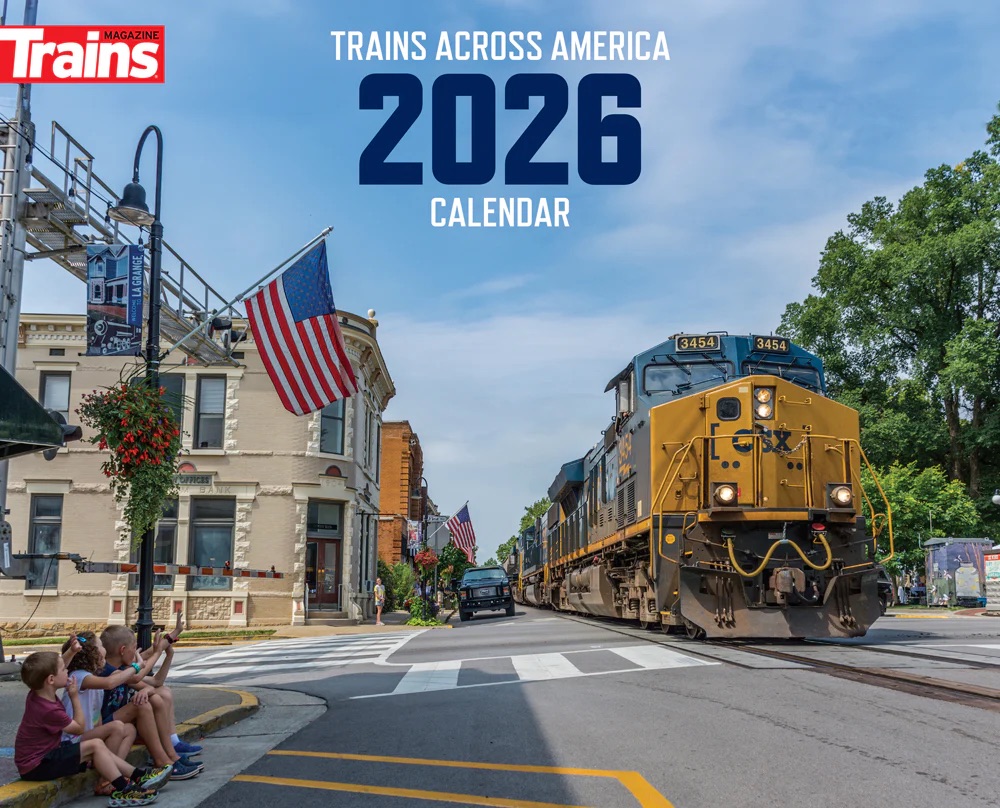
OAK BROOK, Ill. — Hub Group sees the opportunity to gain 2.5 million intermodal loads from the watershed area in the country’s midsection if the Union Pacific-Norfolk Southern merger is approved.
The watershed, the area within a few hundred miles of the Mississippi River that also is the de facto dividing line between the big Eastern and Western railroads, largely is an intermodal no man’s land because of the complexities of interchange and the relatively short hauls involved for one or both railroads.
CEO Phil Yeager, speaking on the company’s earnings call on Thursday, said Hub has been at a disadvantage in the watershed due to uncompetitive transit times.
Hub is pleased with the new interline service that Norfolk Southern and Union Pacific launched earlier this month linking Louisville, Ky., with points on the UP network via interchange at Kansas City. This traffic previously moved via Chicago, which Yeager said was inefficient and not particularly competitive given the need to use rubber-tire crosstown moves between UP and NS intermodal terminals.
The direct service and steel-wheel interchange in Kansas City has improved service and Hub’s cost structure, which has allowed the No. 2 domestic intermodal company to gain volume from new and existing customers.
“We think the opportunity in those lanes is somewhere around 2.5 million loads so we’re pretty excited,” Yeager said.
Hub, which relies on UP in the West and NS in the East, has viewed the transcontinental merger as a significant growth opportunity overall due to the introduction of new single-line service.
“We are excited about the opportunities that a potential merger between our primary rail partners presents to drive increased intermodal conversion in shorter-haul lanes while growing share gain opportunities due to reduced transit times and improved service performance,” Yeager said. “These improvements would enhance asset utilization and in aggregate reduce overall costs, leading to significant opportunities for growth.”
Hub rivals J.B. Hunt and Schneider, meanwhile, would still require interchange between their Eastern and Western rail partners in a post-merger world. J.B. Hunt uses BNSF in the West and both CSX and NS in the East. Schneider partners with UP in the West and CSX in the East.
Hub’s third-quarter intermodal volume was flat. Local moves in the West declined 2%, while local East traffic declined 12% and long-haul transcontinental loads declined 1%. Mexico volume surged 288%, while temperature-controlled shipments were up 55% as the company closed on its acquisition of Marten Transport.
“During the third quarter, Hub Group continued to navigate softer demand across freight markets. Intermodal profitability and revenue per load increased sequentially and from prior year,” Yeager said.
Hub’s Intermodal and Transportation Solutions segment revenue was $561 million in the third quarter compared to $560 million last year, as growth in intermodal revenue was largely offset by lower dedicated revenue. The segment’s adjusted operating income was up 8% for the quarter.
Yeager echoed comments made by J.B. Hunt and Schneider executives this month regarding the potential for truck capacity to tighten due to a wave of new federal regulations targeting safety, security, and workforce eligibility that have forced some drivers out of the industry.
“We believe that the recently established regulatory requirements in our industry will be a positive catalyst to balance the supply of capacity and the active enforcement and demand strength should lead to improving market conditions over time,” Yeager said.
Excess truck capacity has been a drag on intermodal growth.






